What if death weren’t a certainty but a glitch waiting for a fix? Throughout history, humanity has sought the fountain of youth, from ancient alchemical potions to modern cryogenics. Yet, in the 21st century, the keys to unlocking that mythical immortality may lie not in magic but in the sharp, unerring logic of artificial intelligence. It’s a tantalizing proposition: what if machines could decode and reverse the biological processes of aging, granting us not just longer lives but potentially infinite ones?
As surreal as it sounds, this isn’t the stuff of science fiction anymore. Researchers like Aubrey de Grey, the controversial gerontologist behind the SENS Research Foundation, believe aging is a solvable technical problem, not an inevitable end. Meanwhile, Ray Kurzweil, a famed futurist and engineer at Google, predicts we’ll achieve immortality by fusing human consciousness with artificial intelligence—a concept he dubs the “singularity.” Even Yuval Noah Harari, the author of transformative works like Sapiens, warns that the quest for eternal life through AI could be humanity’s next great revolution and existential crisis. Against this backdrop of speculation and breakthroughs, the question shifts from “Can AI make us immortal?” to “How soon might it happen—and at what cost?”
In this article, we’re peeling back the layers of this emerging frontier, diving into how AI is being leveraged to decode the mechanisms of aging, spearhead cellular rejuvenation, and redefine human longevity. Prepare to rethink everything from biology to morality, because when it comes to the fusion of AI and medicine, the stakes have never been higher—or more personal.
1.1 What is Aging, Really?
Aging is less of a mystery than it once was—it’s not just about graying hair and wrinkles, but a cumulative breakdown occurring inside our bodies at the cellular level. Scientists define aging as a progression of molecular and cellular damage that accumulates over time, impairing the ability of organs to function and leading to diseases like osteoporosis, cardiovascular disease, and Alzheimer's. Think of a machine gradually rusting and its inner gears wearing out—that’s your body, but the culprits are free radicals, DNA mutations, and dysfunctional cells.
At the heart of aging lies a process called cellular senescence, where cells stop dividing but refuse to die. Like unproductive employees who hang around just long enough to disrupt the workflow, senescent cells release harmful substances that can trigger inflammation and tissue damage. This accumulation, scientists believe, makes you weaker and more susceptible to age-related diseases. While animals like hydra and jellyfish have evolved unique mechanisms of "biological immortality" by endlessly regenerating cells, we humans have been stuck in the age trap—until now.
1.2 The Hallmarks of Aging
Thanks to groundbreaking studies, such as the seminal 2013 paper published by leading researchers in Cell, scientists have identified nine “hallmarks of aging.” Each of these hallmarks marks a specific dysfunction, from the shortening of protective chromosome ends called telomeres to mitochondrial decline (think: your body’s energy generators sputtering out). Here are a few of those hallmarks:
- Genomic instability: Errors in DNA repair mechanisms accumulate over time, causing mutations linked to cancer and other diseases.
- Telomere attrition: As tiny caps at the ends of chromosomes fray, cells lose the ability to replicate correctly.
- Loss of proteostasis: Proteins misfold or clump together, driving diseases like Alzheimer’s.
- Stem cell exhaustion: The pool of repair-friendly stem cells in your body dries up, decreasing the ability to heal injury or damage.
These hallmarks don’t simply explain why we age—they also reveal where scientists are focusing their efforts to reverse it. AI is uniquely poised to analyze patterns across these processes, identify novel biomarkers of aging, and help develop tailored therapies.
Imagine for a moment: What if AI tools could create your biological "report card," detailing the individual cellular processes that are aging you the fastest? This isn’t fantasy—companies like Insilico Medicine are developing deep learning systems to profile aging markers as part of personalized longevity services. While the groundwork is being laid, a new question emerges: What will it take to bridge these discoveries to practical, life-altering applications?
2. AI and Healthcare Synergy: The Foundation for Longevity
Let’s consider this: what if your doctor wasn’t limited by human error, time, or outdated textbooks? What if they had an all-seeing assistant capable of parsing through billions of medical records, tailoring treatments, and predicting outcomes with staggering accuracy? This isn’t science fiction—it’s the reality of artificial intelligence (AI). And as we sit on the precipice of AI’s full integration into healthcare, the billion-dollar question arises: can it tackle something as complex and terrifyingly inevitable as aging?
2.1 AI's Rise in Medicine
AI’s impact on medicine is no longer a whisper; it’s a roar. In recent years, AI applications have redefined diagnostics, drug discovery, and personalized treatment plans. Take DeepMind, for instance. Their groundbreaking project AlphaFold solved a 50-year-old problem by predicting the 3D structure of proteins—a tool scientists now use to unlock the secrets of diseases that were once indecipherable. On the diagnostic front, Google’s DeepMind Health partnered with the NHS to develop an algorithm capable of detecting over 50 eye diseases with expert-level accuracy.
Machine learning algorithms power platforms like IBM Watson, which has assisted in oncology by analyzing medical literature and patient data to recommend evidence-backed treatments. Now imagine directing this firehose of computational power toward the intricate aging processes within our cells. Ambitious? Sure. Possible? Oh, absolutely.
2.2 Longevity as a Target for AI
The journey of applying AI to solve aging begins with managing copious amounts of biological data—terabytes gathered from DNA sequences, cellular activity, and tissue samples. AI is uniquely poised to sift through this chaos. Companies like Insilico Medicine have developed platforms that use AI to find novel anti-aging compounds. These platforms scan databases of chemical compounds and human genetic markers to uncover which molecule could potentially slow or reverse cellular senescence.
AI models can also leverage human brainpower at scale. Projects like SENS Research Foundation focus on repairing age-related cell damage. By training AI systems on molecular biology, researchers dream of creating hybrid therapies—cycles of AI-optimized senolytic drugs, epigenetic treatments, and perhaps even advanced forms of gene therapy. The challenge, of course, lies in translating vast digital discoveries into safe, testable results that work in biological systems—aka humans.
Another key player in this space is Altos Labs, which bankrolled their research into cellular rejuvenation using AI’s analytical prowess. It’s clear: the fusion of these two worlds—biology and machine learning—has all the trappings of a revolution, one that could shed light on the shadows of aging.
3. Cellular Rejuvenation: The Science of Turning Back the Biological Clock
We’ve all fantasized about a mythical “fountain of youth,” but cellular rejuvenation might just make it more than a bedtime story. Enter the elite club of cutting-edge scientists attempting to reverse the clock on aging, supported by artificial intelligence’s razor-sharp precision. But how does one convince a cell—after tirelessly dividing for decades—that it’s time to feel young again? The answer lies within the tightly wrapped secrets of our DNA, and spoiler alert: AI is holding the decoder ring.
3.1 Yamanaka Factors and Epigenetic Reprogramming
In 2006, Shinya Yamanaka, a Japanese researcher, discovered a cocktail of four gene-regulating proteins—now famously called the Yamanaka Factors. Think of these as a cellular time machine. These factors can rewind adult cells into “induced pluripotent stem cells” (iPSCs), which are essentially a reset button for aging. However, the process has risks. For one, cells reset too far can become cancerous.
AI is now stepping in to tackle these hurdles. Startups like Altos Labs are using AI to refine—and perhaps perfect—this reprogramming process. By training algorithms on billions of data points from past cellular behavior, scientists aim to fine-tune treatments so they rejuvenate cells without triggering tumorous mutations. Imagine your skin’s fibroblasts, programmed to act as if you're 25, or damaged nerve cells, rebooted good as new. That’s the dream, and AI algorithms might hold the scalpel to achieve it.
3.2 Senescence Detection and Clearance
This brings us to senescence—a biological jail for damaged cells. These zombie cells, as they’re often called, don’t die like they should. Instead, they hang around in your body, releasing inflammatory signals that accelerate aging. It’s like hosting a party where one unruly guest stays, breaks things, and ruins the vibe for everyone else.
Enter senolytics, drugs designed to seek and destroy senescent cells. Companies like Unity Biotechnology are at the forefront of these efforts, and AI is helping them scale up. By analyzing millions of cellular datasets, machine-learning platforms identify target pathways that differentiate functional cells from deadbeat ones. In essence, AI plays the detective, investigating and flagging the culprits responsible for aging-related catastrophes like arthritis or cardiovascular decline.
3.3 Real-World Applications
Imagine showing up to your 50th birthday with the liver, lungs, and stamina of a college athlete. AI-assisted cellular rejuvenation could bring that day closer. Remember CRISPR, the molecular gene-editing marvel? AI is already helping researchers, like those in labs funded by The Bill & Melinda Gates Foundation, refine its precision. Take a faulty gene linked to a hereditary disease, for instance. AI makes it smarter by ensuring edits are applied only where needed, reducing unwanted mutations.
Still, not all glittering horizons are risk-free. AI-powered optimism dances on the razor’s edge of euphoria and ethical caution. Could tweaking human biology have unintended consequences? Could the elimination of senescence accidentally create new, unforeseen conditions? These are early days, but with AI at the helm, the possibilities feel infinite—and the risks manageable.
4. Ethical Dilemmas: Should We Strive for Immortality?
4.1 The Societal Questions
As we inch closer to potential breakthroughs in AI-driven anti-aging technologies, a Pandora’s Box of societal challenges begins to unfold. Picture this: If tomorrow a drug or therapy promised immortality—or at least a dramatic increase in lifespan—who would get it? Would it be the tech billionaires like Elon Musk and Jeff Bezos, or would there be equitable access across all socioeconomic classes?
Think about overpopulation. According to the United Nations World Population Prospects, the world population is already projected to reach nearly 10 billion by 2050. Now, imagine what happens if life expectancy jumps from 80 to 150 years. Do we have the resources—energy, food, water—to sustain this surge? And what about jobs? A dramatically extended lifespan could lead to stagnation in career opportunities as people hold onto roles for decades.
These dilemmas beg the question: By curing aging, are we solving humanity’s greatest problem, or are we inadvertently creating new ones that could tear at the fabric of our societies?
| Key Societal Challenges of Immortality | Potential Impacts |
|---|---|
| Overpopulation | Severe strain on natural resources and housing, environmental degradation |
| Economic Disparities | The rich may monopolize life-extension technologies, widening inequality |
| Social Stagnation | Lower rates of generational turnover, potentially stifling innovation |
| Healthcare Costs | Skyrocketing expenses as people live longer but potentially require ongoing treatments |
4.2 The Philosophical Debate
Even if we can keep people alive indefinitely, should we? This question dips into deep philosophical waters. Historically, aging and death have been perceived as part of the natural order, a universal equalizer. From Socrates' fatalistic acceptance of hemlock to the Buddhist teachings on the impermanence of life, humanity has often made peace with mortality.
But AI pushes us into a new era where these age-old philosophies might feel outdated. What does it mean to be human if we no longer have finite lifespans? If death isn’t a limit, how would we value time? Imagine a world where there’s no "bucket list" because you always have tomorrow. Would passion and urgency fade?
There’s also the matter of religion. Many religions anchor their beliefs in concepts of an afterlife. AI-driven solutions that postpone death indefinitely could clash with spiritual doctrines. Consider, for example, how Christianity views death as a pathway to eternal life or how Hinduism frames mortality as part of karma and reincarnation. What societal discord might arise if scientific immortality challenges these deeply held faiths?
4.3 Policy Implications and Regulation
When history experiences a paradigm shift—think industrial revolutions or genetic engineering breakthroughs—governments often struggle to keep up. This will likely be no different with immortality technologies. Policies around accessibility, funding, and ethical usage will be critical.
The bigger questions remain: Who owns the tech? Will anti-aging therapies become public goods, or expensive luxuries controlled by private firms like Altos Labs or Calico Labs? The concept of a "Longevity Index"—a public metric showing how countries fare on access to life-extension—is already being floated to examine ethical distribution, much like climate change metrics today. Regulators might even create international treaties to dictate fair usage, akin to frameworks for nuclear technology or carbon emissions.
5. The Roadblocks: Challenges in AI-Driven Longevity Science
5.1 Data Limitations and the Complexity of Aging
Aging manifests differently across individuals due to unique combinations of genetics, lifestyle, and environmental factors. This variability complicates research for AI, which thrives on consistent, high-quality datasets. Unfortunately, longitudinal aging datasets—tracking individuals over decades—are rare or incomplete due to time constraints and funding issues.
Additionally, the human lifespan poses a problem. Unlike lab mice, which live for 2-3 years, humans live much longer. AI models require vast datasets to understand aging trends across years or decades. But who's collecting (or funding) those datasets now?
Consider also the ethical hurdles of accessing diverse data. Will clinical data from the NHS in the UK look like datasets from developing nations? If not, AI risks biases that could exclude entire populations from effective treatments. Biases could lead to suboptimal or even dangerous interventions for certain groups.
5.2 Techno-Utopian Promises vs. Reality
The hype surrounding anti-aging AI is palpable—and in many cases, deeply misleading. Consider the promises from futuristic companies like Insilico Medicine. While their AI platforms have indeed accelerated drug discovery, many therapies have only shown promise in preliminary stages. Translating a "promising lab result" to viable human cures takes decades.
For example, clinical trials are riddled with red tape, funding challenges, and ethical oversight. Anti-aging scientists can't just rush solutions to market without extensive testing across demographics, lest we risk unintended consequences like cancerous growths or autoimmune diseases. These real-world constraints temper the utopian visions touted by some startups.
5.3 AI Bias and Reliability Concerns
AI systems are only as good as the data they're trained on, and biases can—and do—creep into datasets. Already, we’ve seen controversies in AI healthcare tools that demonstrate racial and gender disparities in diagnostic or treatment outcomes. Now, extrapolate that to anti-aging interventions. Suppose datasets predominantly include white, affluent individuals from Western countries—the algorithm might recommend solutions that fail for people with different genetic makeups or cultural dietary habits.
Another elephant in the room? Reliability. Even the best-trained AI occasionally produces what the tech community lovingly calls "hallucinations"—outputs that are wildly off-mark. If an AI-guided genetic therapy introduces errors into human DNA, the repercussions could be catastrophic. This raises a larger ethical issue: Who is accountable if an AI recommendation goes wrong? Is it the company, like DeepMind, that developed the algorithm? Or the doctors who deployed the AI in patient care?
To mitigate risks, regulations must enforce rigorous testing and transparency. For example, healthcare AI like IBM's Watson Health has stringent evaluation protocols, but can these standards keep pace with the sophistication of longevity algorithms?
It's clear that AI’s role in anti-aging science carries unparalleled promise—but not without its share of pitfalls. The road from innovative concept to widely available treatment is fraught with technical, ethical, and societal hurdles. It will take a global village of researchers, policymakers, and ethicists to navigate it.
6. AI Solved Solutions: How Would AI Tackle the Aging Problem?
6.1 Step-by-Step Process for Tackling Aging as an AI Researcher
Imagine an AI system so advanced, it could map the mysteries of aging like a GPS for your biology. The journey toward solving aging requires meticulous steps that AI is uniquely equipped to handle. Here’s how a hypothetical AI researcher might approach this Herculean task:
- Build a universal biological aging dataset: AI thrives on data. To decode aging, researchers must aggregate an immense dataset covering diverse genetic, epigenetic, and environmental variables. Initiatives could start by partnering with global hospitals, genetic research hubs, and organizations like the World Health Organization (WHO).
- Use federated learning for global collaboration: Federated learning allows AI systems to learn from decentralized datasets without transferring sensitive patient data. Imagine a network of AI nodes simultaneously analyzing biological markers across labs in the U.S., Europe, and Asia without breaching privacy laws.
- Simulate human aging digitally: Just like flight simulators revolutionized pilot training, AI can simulate the process of cellular and genetic aging digitally. Researchers could test hypothetical longevity treatments in these simulated environments to identify risks safely before moving to clinical trials.
- Design multi-modal interventions: AI could integrate solutions like targeted gene editing via CRISPR, cellular rejuvenation through Yamanaka factors, and senescent cell clearance using tailored senolytics. It’s precision medicine on steroids, personalizing treatments to each individual’s biology.
- Deploy lifelong personalized medicine algorithms: AI-powered tools could monitor your body 24/7, tracking every biological blip—like a Fitbit for your cells. Micro-adjustments in lifestyle, diet, or targeted therapies based on this feedback loop could not just pause aging but keep you youthful for decades.
These steps outline an elegant synergy between the biological sciences and machine learning—but this is just the beginning.
6.2 Future-Oriented Solutions
The quest to fight aging will not stop at cellular reprogramming or advanced gene editing. Fast-forward to a future where machines evolve into true "guardians of youth." AI, armed with 3D organ bioengineering and digital human twins, may pave the way for treatments that sound like science fiction but are already edging closer to reality.
- 3D Bioprinting with AI: Think of machines printing brand-new, younger organs—a fresh liver when yours wears down or a healthy heart printed in hours. Organizations like Organovo have started venturing into this space. Combine that with AI-driven simulations to test organ compatibility before transplantation, and we have a game-changer.
- Digital Twins for Risk-Free Testing: Imagine creating a perfect digital twin of your body—capable of mimicking every organ, skin cell, and genetic trait. AI could use this "clone" to test various anti-aging treatments, eliminating risks of trials gone wrong. Projects by companies like NVIDIA’s Omniverse hint at such possibilities.
These aren't just technical breakthroughs. They redefine hope itself. The dream of aging gracefully—healthily, and perhaps endlessly—could finally move from utopia to reality.
6.3 Balancing Ethics with Global Distribution
While the technology promises to reshape longevity, the overarching challenge remains: equitable access. Would such treatments only be available to those with deep pockets? History warns us about medical innovation creating divides rather than uniting. AI, with its ability to reduce costs through optimization, could democratize the process. Policy frameworks funded by organizations like the Bill & Melinda Gates Foundation could ensure that these solutions span continents, extending lifespans fairly across economic boundaries.
AI’s potential to solve aging isn't just science; it’s a moral imperative. It beckons us to dream bigger, think broadly, and build resilient systems that honor humanity's shared future.
What If We Could Rewrite the Final Act?
Throughout history, humanity has dreamed of pushing past the boundaries of mortality. Today, as AI enters the fray, that dream feels less like a fantasy and more like a roadmap waiting to be drawn. By leveraging machine learning, cellular rejuvenation, and collaborative global initiatives, we stand at the precipice of a world where aging becomes optional rather than inevitable.
Yet, this journey to redefine life demands more than technology—it requires introspection. Will an ageless society still value time the same way? If we conquer death, what would life mean? These questions are as vital as the science itself and must guide our ambitions.
In the end, the answer to "Can machines make us immortal?" may not lie in some far-off lab but in the choices we make as a global community. Do we prioritize equity? Do we conquer fear or let it halt progress? And most importantly, do we let hope lead the charge?
The story isn’t written yet—but, with AI, we have the pen.
What do you think? Could technology truly hold the key to immortality, or should we accept aging as our natural fate? Share your thoughts and join the debate in the comments below. Don’t forget to subscribe to our newsletter for more deep dives into technology’s role in rewriting humanity’s future. Let’s chart this bold new chapter together in the "Shining City on the Web."
FAQ: Answering Humanity’s Burning Questions About AI and Aging
What is cellular rejuvenation, and how does it work?
Cellular rejuvenation is like turning back your body’s biological clock by restoring old or damaged cells to a youthful, functional state. At its core, this process involves identifying the factors that push cells into aged functionality and reprogramming or repairing them. Researchers often cite the breakthrough discovery of Shinya Yamanaka’s four specific “Yamanaka factors,” which helped revolutionize how adult cells could be "reset" into pluripotent stem cells. Imagine giving your old laptop the ability to reboot itself back to Day 1.
Emerging technologies like CRISPR, a powerful gene-editing tool developed by key pioneers such as Jennifer Doudna and Emmanuelle Charpentier, provide the surgical precision needed to alter DNA and address aging-related defects. Companies such as Altos Labs are diving headfirst into this area using AI to refine these approaches to detect senescent cells and develop senolytic drugs that can clear them from the body.
Is immortality possible with current science?
No, immortality in the literal sense isn't achievable (yet). However, advancements in longevity science show promising steps toward extending human life spans. Anti-aging breakthroughs suggest we may drastically slow down biological aging processes in the near future. Take, for example, Insilico Medicine, a company leveraging artificial intelligence to fast-track drug discovery tailored to aging diseases. They aim to target flawed cellular processes rather than just the symptoms of aging.
That said, extending life comes with caveats: diminishing returns at extremely advanced ages (think 150+ years) and ongoing challenges surrounding the risk of diseases, unintended side effects, and the broader philosophical dilemmas of infinite life. So while we may not live forever anytime soon, science may help some of us live long enough to rethink the concept of "forever."
What are senescent cells, and why are they important?
Senescent cells, colloquially called “zombie cells,” are damaged cells that have stopped dividing but refuse to die like they’re supposed to. Think of them as the freeloaders of your body, causing trouble by encouraging inflammation and other biological mischief. Over time, their accumulation accelerates aging and leads to common degenerative diseases such as osteoarthritis or Alzheimer’s.
AI has been pivotal in identifying these senescent troublemakers and studying ways to eliminate them without harming healthy cells. For example, researchers at organizations like the Mayo Clinic and rejuvenation-focused companies such as Unity Biotechnology are pioneering senolytic therapies targeted at these zombie cells. AI platforms sift through extraordinary amounts of chemical and biological data to refine our senolytic solutions, making therapies safer and more efficient.
What kind of risks come with AI-guided aging solutions?
AI-guided aging solutions carry their fair share of risks, ranging from scientific to ethical. One primary concern is the complexity and unpredictability of biological systems. While AI can process vast datasets and identify patterns, it's still prone to bias stemming from insufficient or poor-quality data. Misinterpretations could lead to flawed solutions or unforeseen side effects — a nightmare when tinkering with the delicate mechanisms governing aging.
Take, for instance, the challenge of genetic editing technologies like CRISPR. As precise as they may seem, AI-authored therapeutic instructions could inadvertently hit unintended DNA sequences, causing harmful mutations. It's akin to fixing the plumbing in your house and accidentally breaking an electrical circuit instead.
Another issue is access control. Will these solutions be widely available, or will they become prohibitively expensive, accessible only to the ultra-wealthy? Some leaders, such as venture capital pioneers who help fund this research, focus largely on ROI, raising concerns about equitable access to these technological miracles. AI cannot yet address these deeply human dilemmas.
When will AI-driven anti-aging technologies become widely available?
The timeline remains uncertain. While breakthroughs in academic research and venture funding have escalated in recent years, fully functional and scalable anti-aging treatments are likely decades away. However, therapies targeting specific aging conditions—such as senolytics and genetic modification—might enter the market sooner, potentially within the next 10 to 20 years, if regulatory approval scales as quickly as advancements do.
Companies such as Calico Labs and Altos Labs are leading this ambitious frontier. Their extensive use of AI to deconstruct epigenetic aging (like unwinding cellular clocks) offers scientific and industrial credibility. Yet FDA approvals and safety trials will slow the accessibility, ensuring human safety remains the highest priority.
Could immortality have societal consequences?
Absolutely. Imagine a world where death is no longer inevitable — how would we allocate already scarce resources? Overpopulation could exacerbate environmental degradation and housing scarcity. Furthermore, AI-driven immortality is bound to introduce economic inequality if only the ultra-rich can afford these treatments.
This introduces ethical wrinkles: should life-extending technologies create permanent disparities between social classes? Philosophers and policymakers alike are taking notice. In fact, renowned academic institutions such as Stanford University continue to challenge researchers and developers alike to weigh these issues. Additionally, spiritual views on mortality, ranging from Christian to Buddhist stances, would come into sharp contrast with humanity’s pursuit of eternal life.
But societal challenges extend beyond logistics and ethics. What happens to career paths if retirement becomes obsolete? What value do life achievements hold if philosophies like “YOLO” (You Only Live Once) no longer apply? These provocative questions remain unanswered.
How is AI specifically aiding researchers in the longevity space?
AI acts as a "superbrain" for researchers, optimizing processes that would take human teams years to analyze. Its contributions span four primary areas:
- Analyzing aging biomarkers: Platforms like Insilico Medicine crunch vast swathes of health and genetic data to identify patterns of aging.
- Optimizing drug discovery: AI tools rapidly simulate how specific molecules might impact human cells, fast-tracking R&D efforts.
- Streamlining epigenetic research: AI assists in mapping human genomes and reprogramming epigenetic data for lifespan extension treatments.
- Customizing treatments: AI personalizes medicine by integrating patient-specific traits, such as genetics, health history, and environmental factors, to offer tailored solutions.
Think of AI as the ultimate research partner—light-years faster and immune to human fatigue, accelerating progress toward our shared longevity dreams.
Wait! There's more...check out our gripping short story that continues the journey: The Monolith's Last Equation
Disclaimer: This article may contain affiliate links. If you click on these links and make a purchase, we may receive a commission at no additional cost to you. Our recommendations and reviews are always independent and objective, aiming to provide you with the best information and resources.
Get Exclusive Stories, Photos, Art & Offers - Subscribe Today!
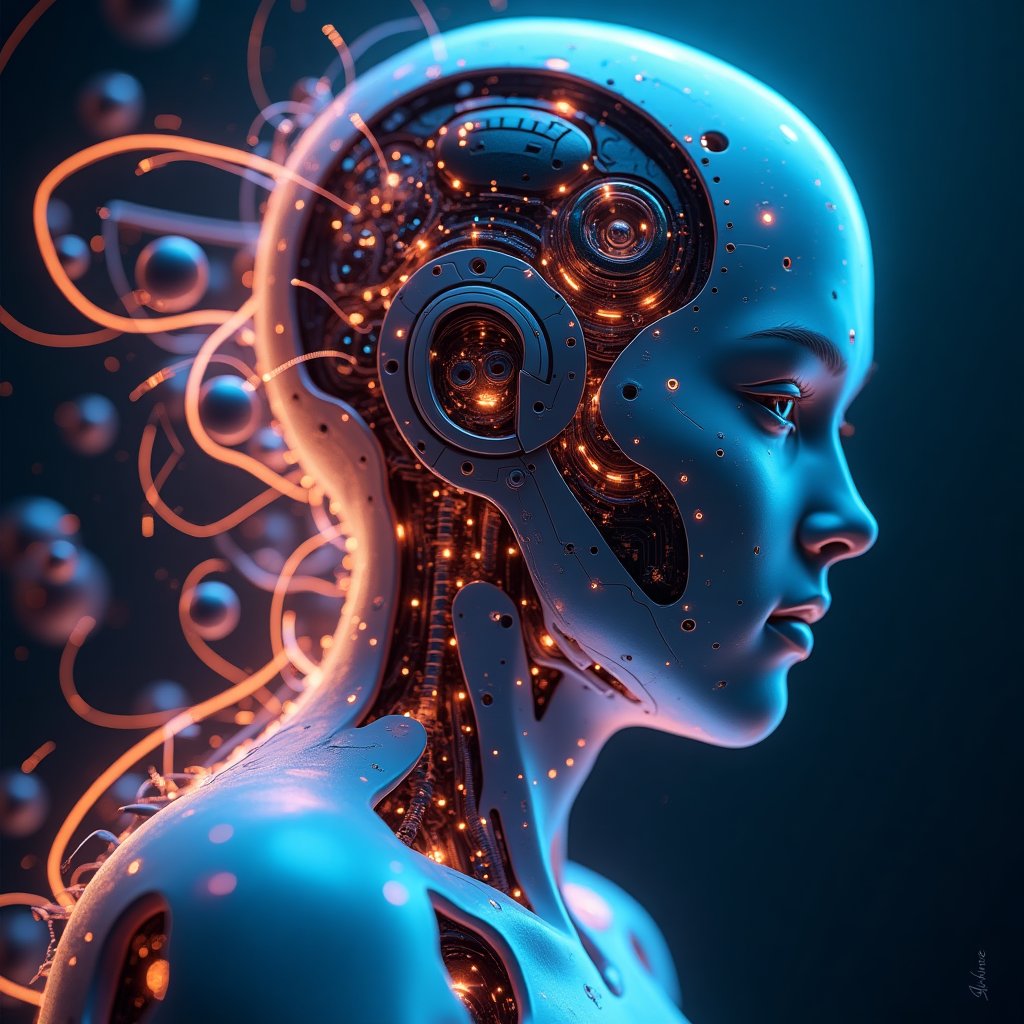
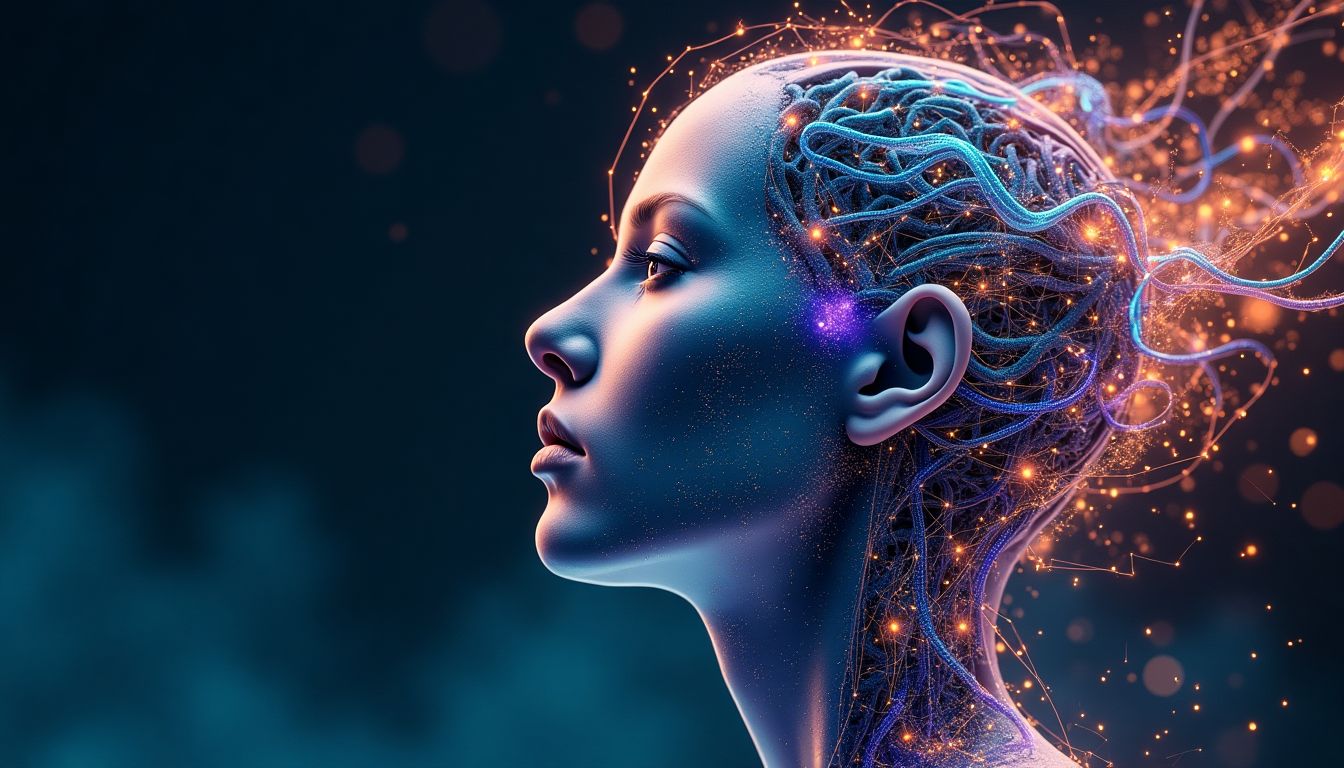
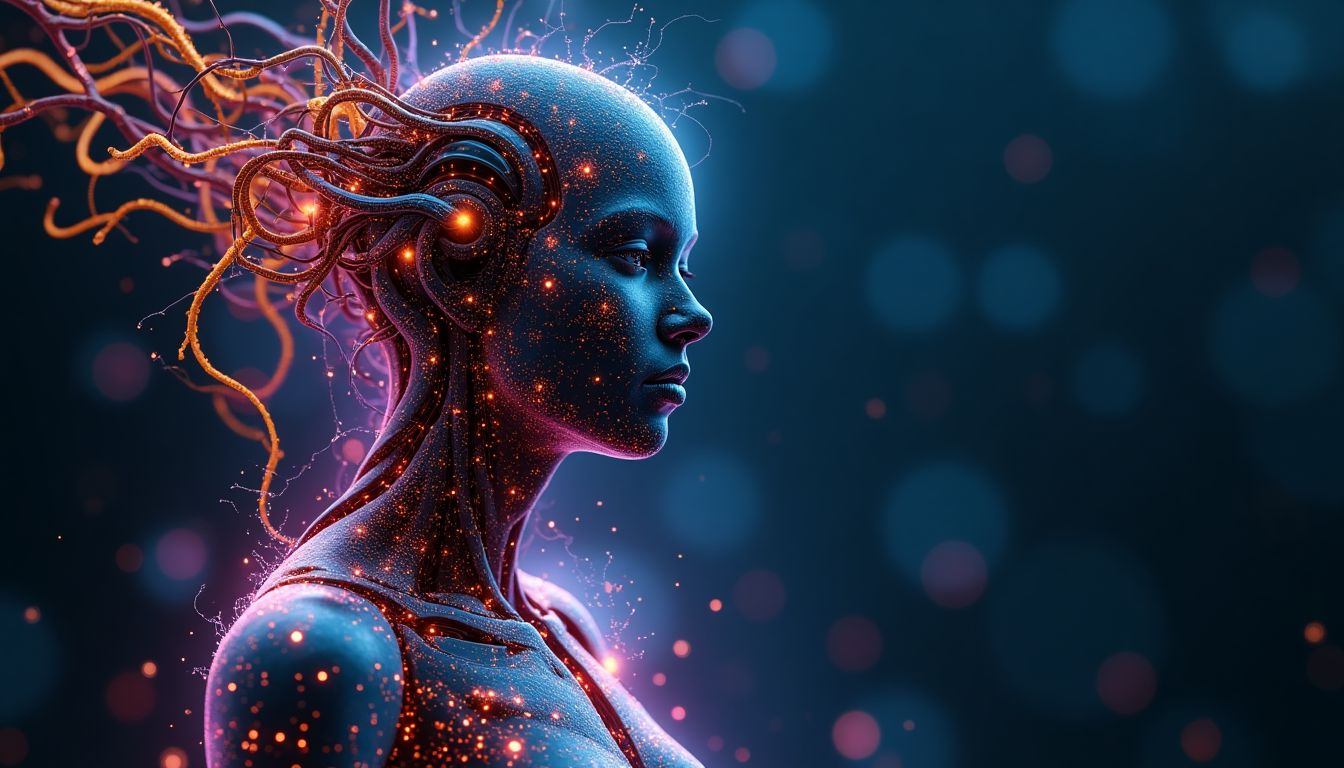
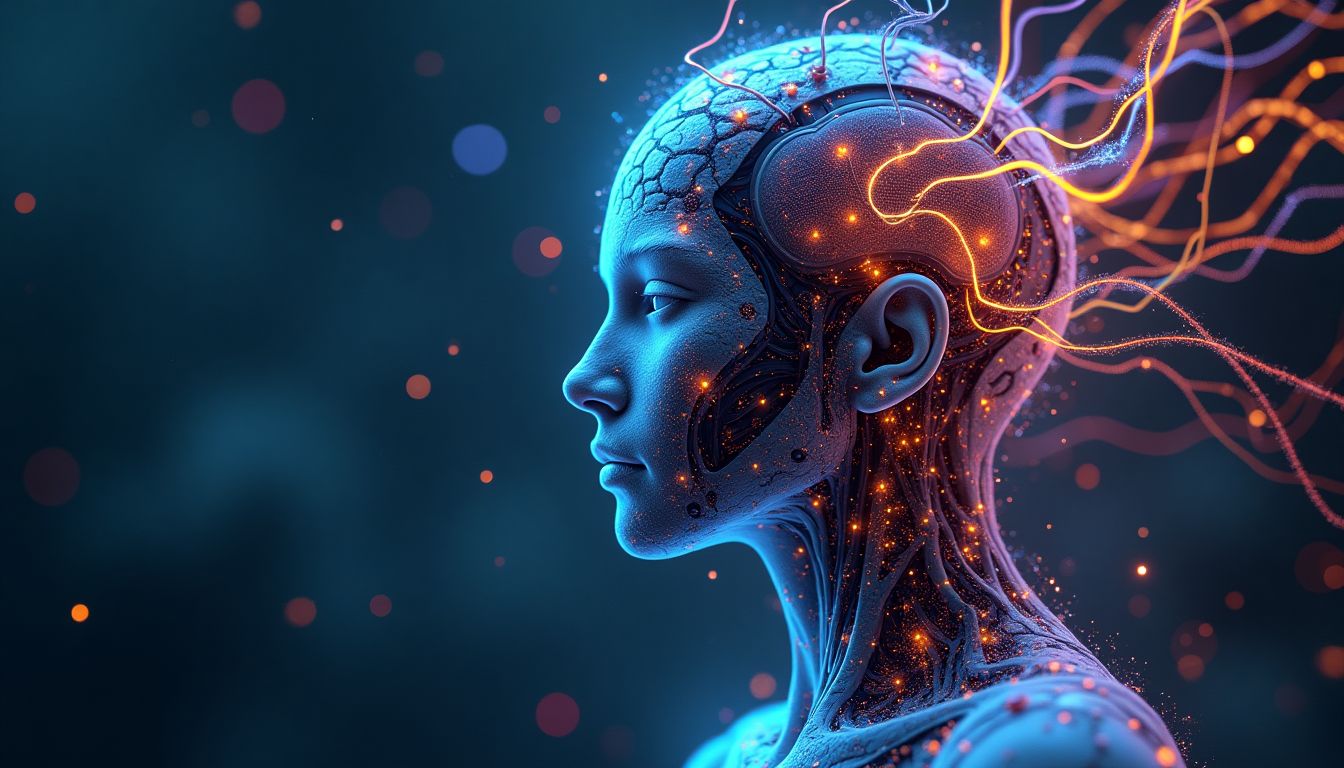
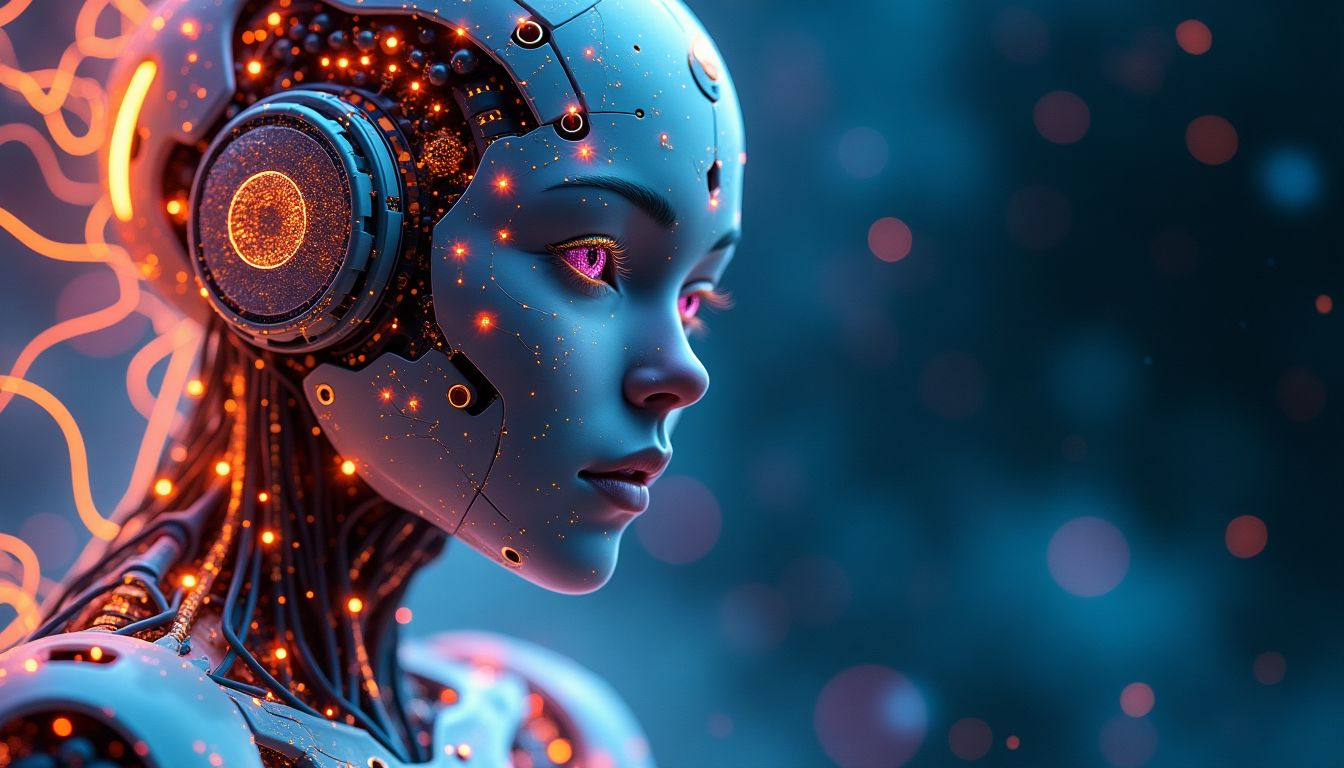
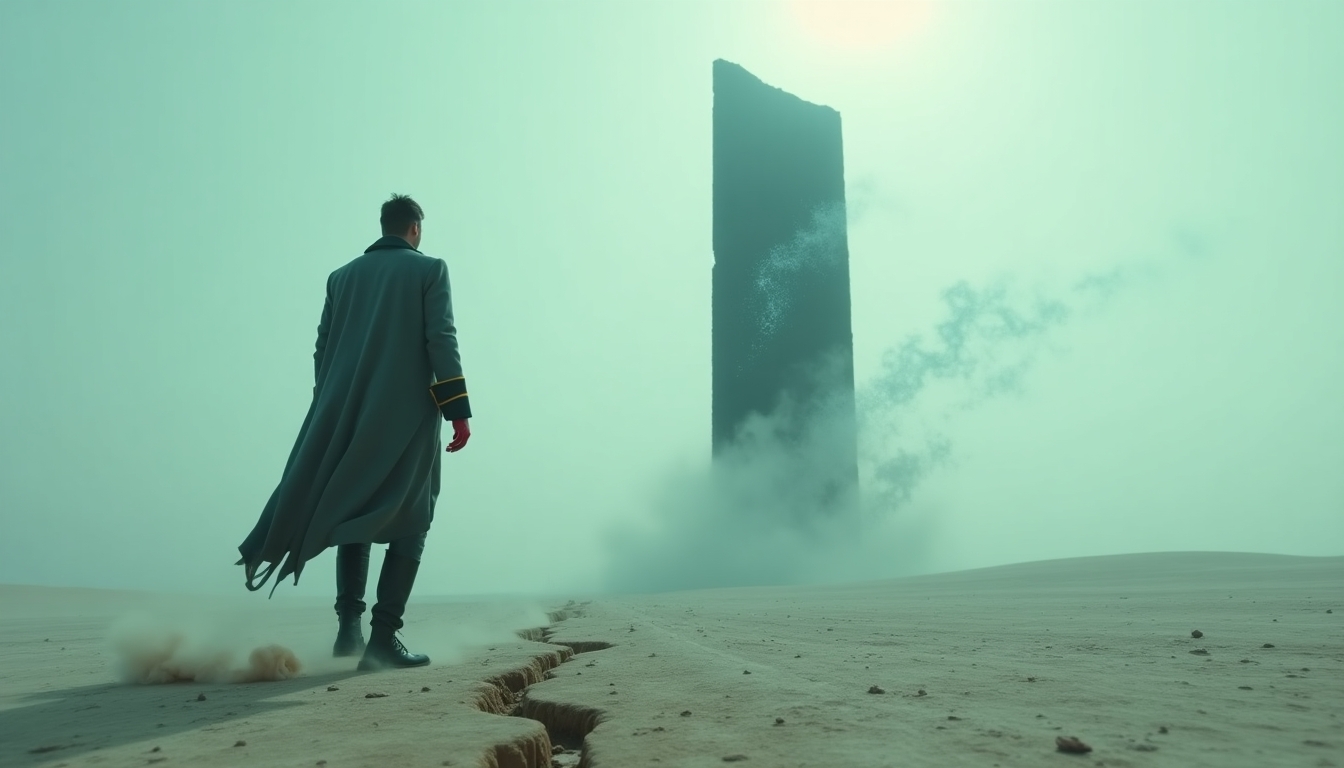
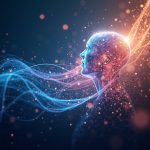
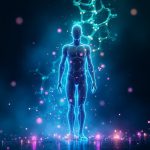
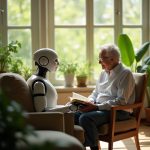

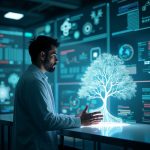

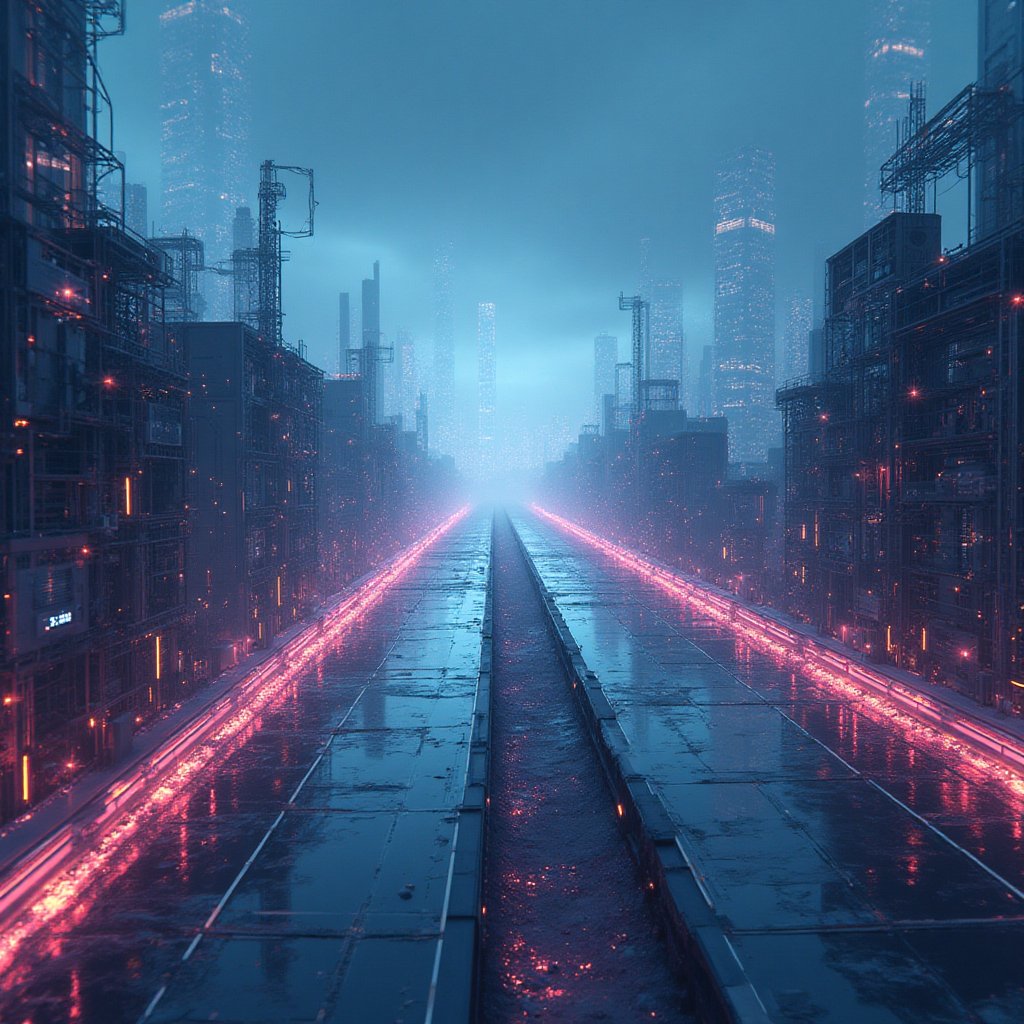
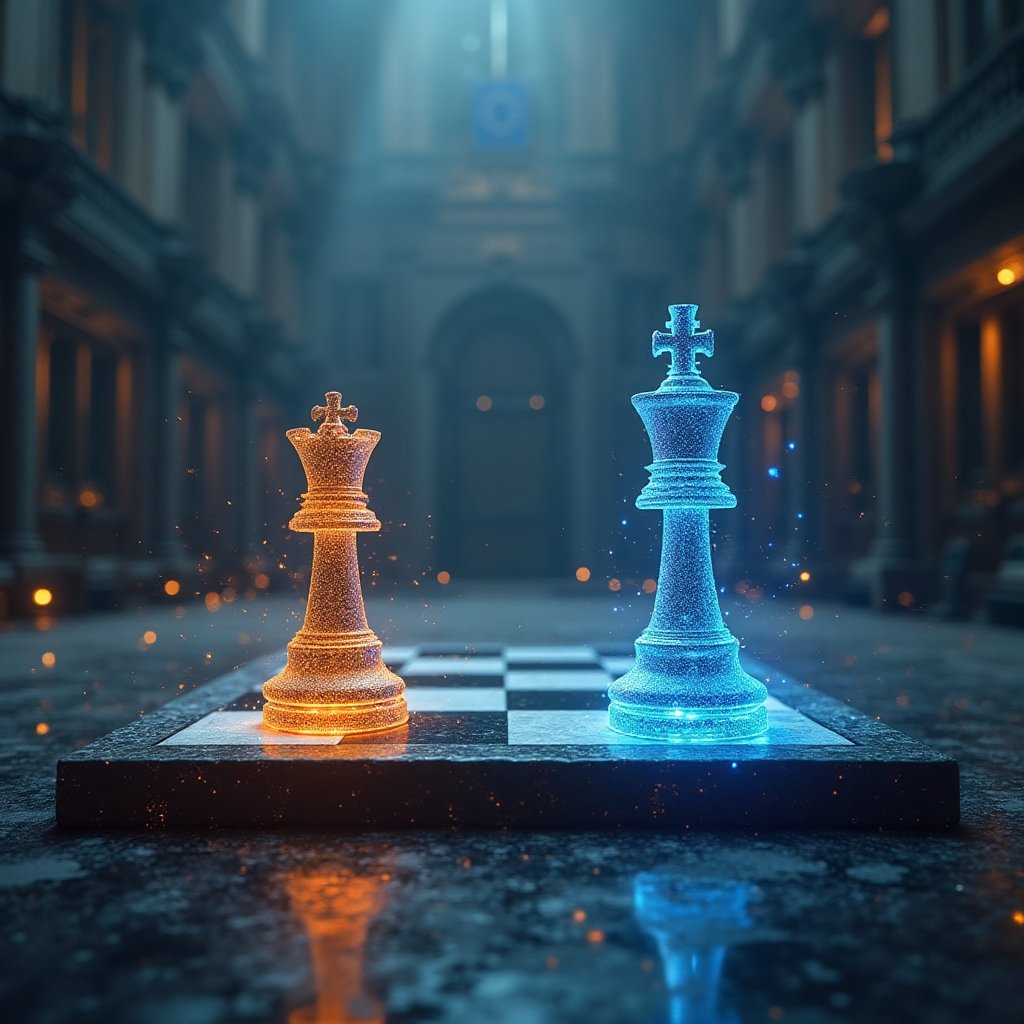















2 comments